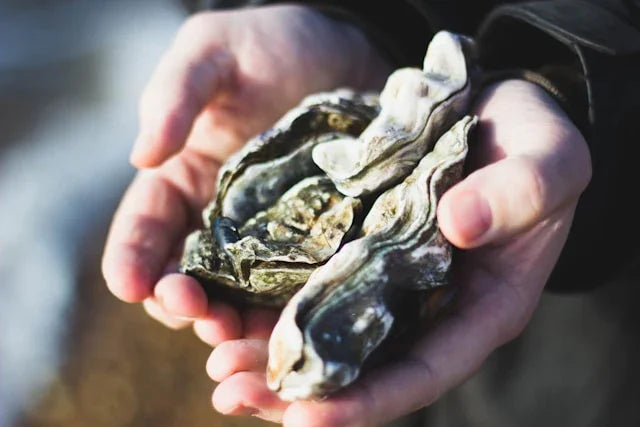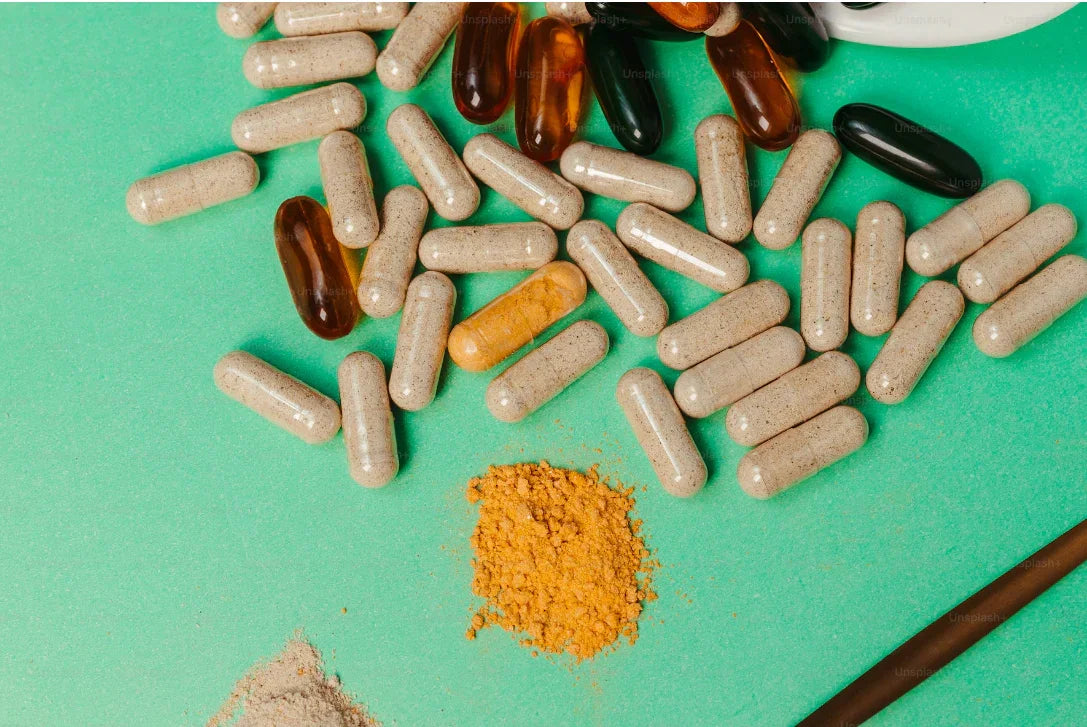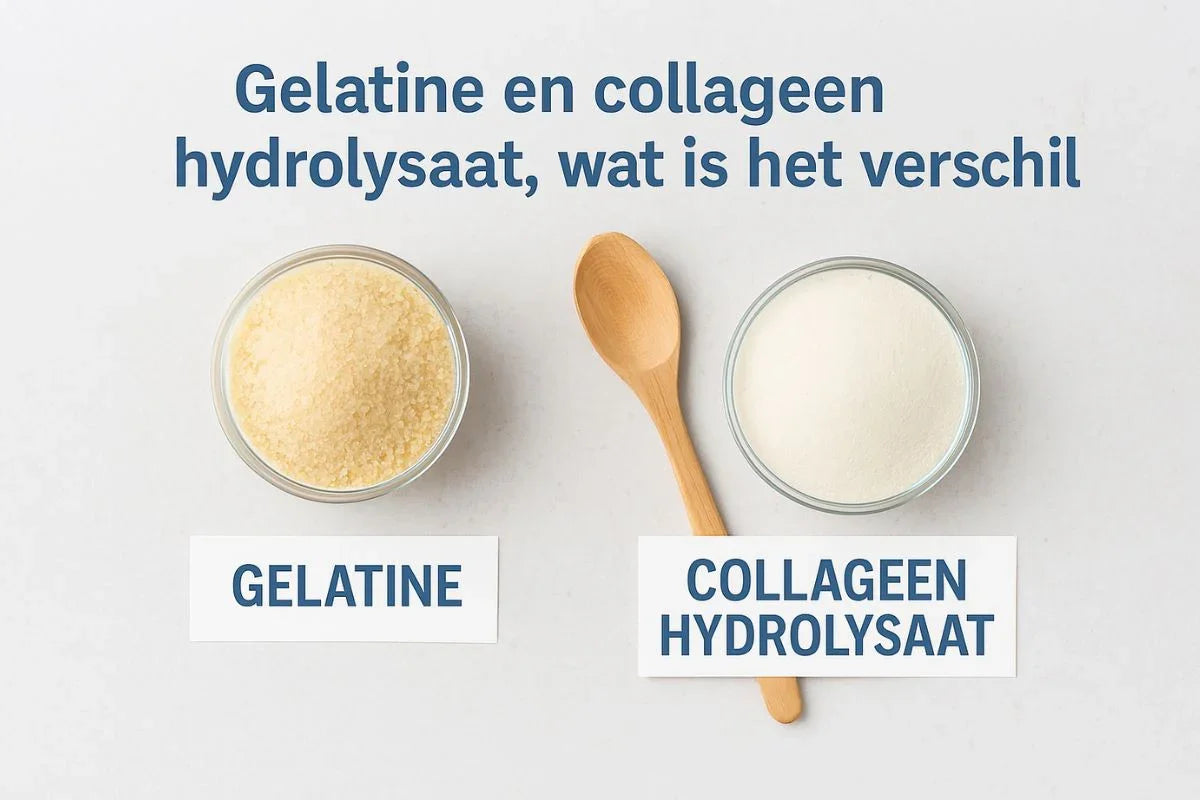
Why you should eat oysters!
Complex Beings
Oysters may look like very simple creatures: two shells and gray flesh. But don’t be fooled – oysters have extraordinary nutritional value and properties. They are among the most nutrient-dense foods in the world. With 59 trace elements, 12 vitamins, 19 amino acids, and omega-3 fatty acids, each oyster delivers an incredible package of nutrients. Oysters are particularly rich in zinc. They are true brain food and, according to some experts, played a key role in the evolution of our brains. Everyone should really learn to eat oysters daily.
Benefits of Oysters
For you as a health-oriented person, eating oysters has the following benefits:
- Positive influence on the immune system
- Contributes to normal fertility and sperm quality
- Helps protect cells against oxidative damage
- Keeps the mind clear and supports memory
- Helps maintain normal skin, hair, and nails
The extraordinary properties of oysters range from filtering water to restoring coastlines and marine life after destruction. Oysters have even been responsible for shaping the planet as we know it today. Oysters create stone: their shells are the basis for limestone, which in turn forms ecosystems and shelters for small animals and young fish.
Oyster Projects
In the past, there were many more oysters in the seas. Oysters also suffer from overfishing, pollution, and disease. The good news, however, is that many projects are being launched to restore oyster reefs and promote ecologically responsible farming and sustainable fishing. For example, in 2014 Wageningen University started a project to reintroduce the European flat oyster in the North Sea.
7 Interesting Oyster Facts
- Oysters have two lives: When you think of oysters, you picture immobile stones, but they begin as swimming creatures. 12 hours after birth, their shells form by extracting calcium from the water. After 3 weeks, the shells become so heavy that they sink to the bottom and settle.
- Oysters love reproduction: Young oysters cannot defend themselves and are easy prey. To ensure survival, enormous amounts of sperm and eggs are released into the water. Females produce 50–100 million eggs each season, while male sperm counts are countless, in the tens of billions.
- Oysters change sex multiple times in life: Almost all start as males, but as they grow larger they often change into females. Sometimes they are even male and female at the same time.
- Oysters create their own ecosystem: They prefer to cluster with other oysters and form reefs where other animals settle. Thousands of fish and invertebrate species depend on this. Within just a few weeks, biodiversity increases as an oyster reef forms.
- Oysters filter water: A major advantage of an oyster reef is the tremendous improvement in water quality. Since oysters cannot move, they filter whatever drifts by. The good nutrients feed the oyster, while the bad ones are expelled in a mucus layer called pseudofaeces, which plays an important role in removing debris and plankton from the water.
- Oyster farming is sustainable: Because oysters filter water for food, they need no additional input – unlike salmon farms, for example. All that’s required is a structure for them to attach to. The impact of oyster farming is minimal and probably even positive for marine life.
- And of course, pearls: The most famous extraordinary property of oysters is pearl production. A pearl is made of nacre; this consists mainly of calcium carbonate (as aragonite) and organic conchiolin. The value of a pearl depends on seven factors: luster, shape, color, size, perfection, symmetry, and nacre structure – with luster being the most important. That’s why a small pearl can be worth more than a large one.


